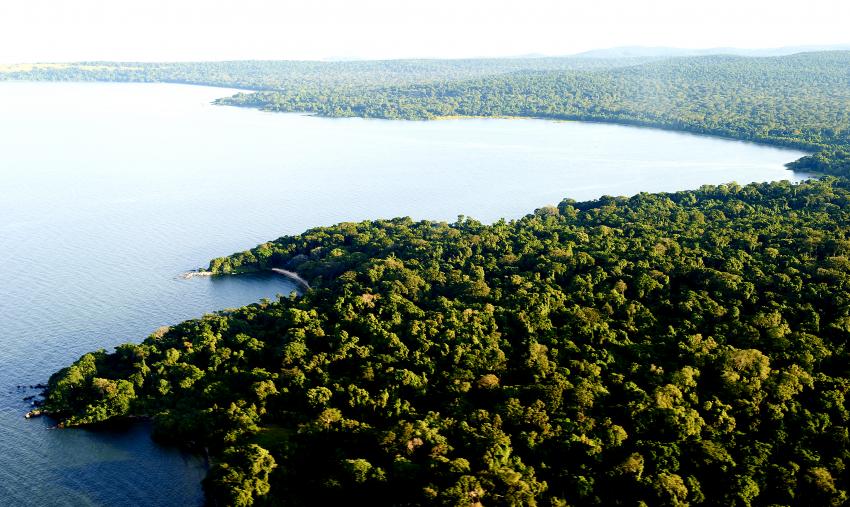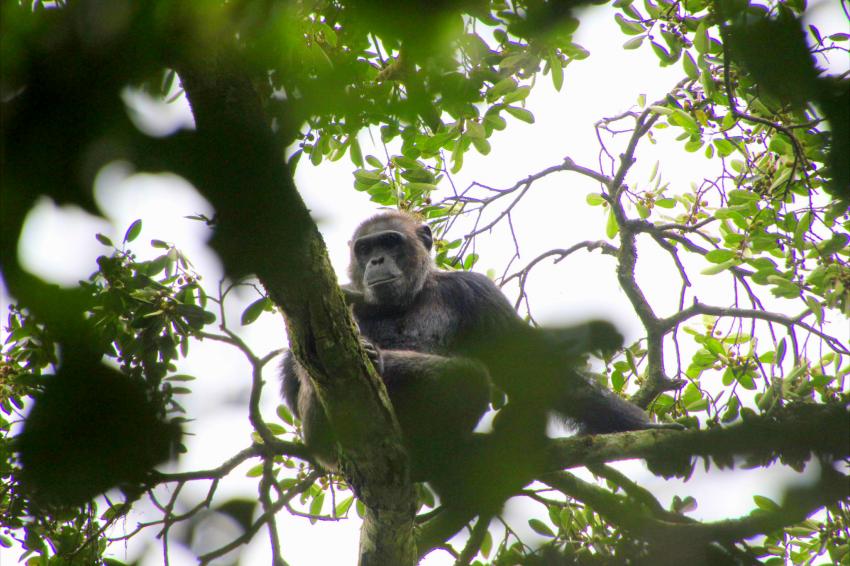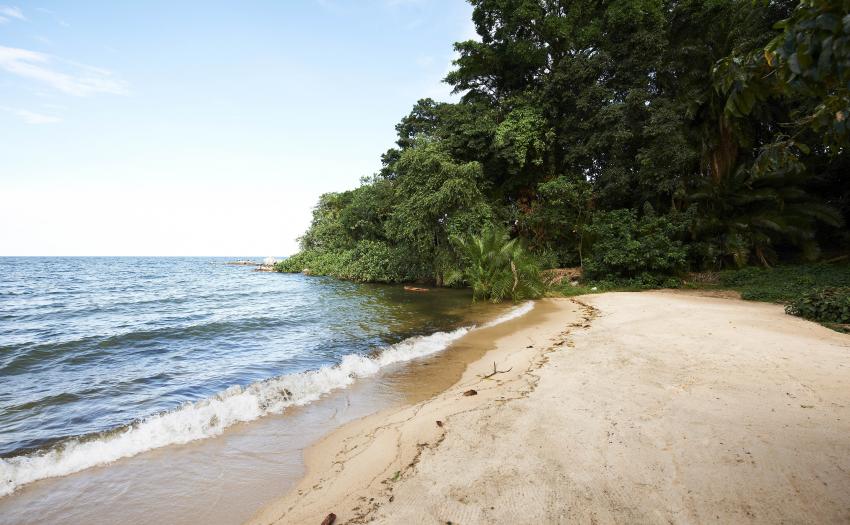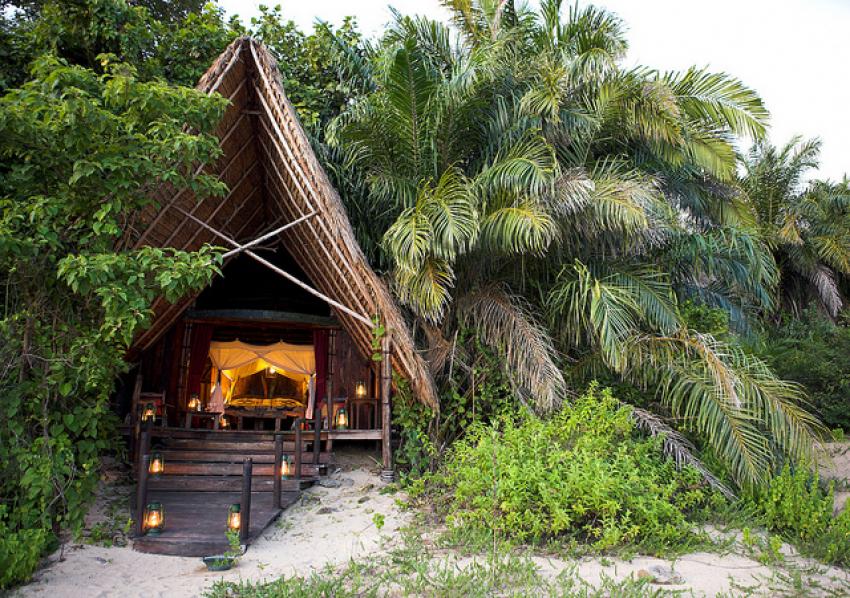It is only natural to think about the Great Migration, the Big Five and the sprawling savannas when you think of Tanzania. But do you know that behind the Serengeti spotlight is a unique safari gem waiting to be explored? Often overshadowed by the more famous Tanzania safari tours in the north and south, Tanzania’s Western Circuit, the least-frequented part of the country, remains largely undiscovered and highly untouched by mass tourism. It is a wild and unspoiled area that presents a unique opportunity to escape the tourist crowds and enter the heart of the bush. Not to mention it is also the only place in Tanzania that offers primate safaris – a safari experience that is far from the tourist norm but is extraordinary in every way.
So why visit the Western Circuit?
âœ”ï¸ Exclusivity: The western circuit is remote and is less famous to tourists. This will make you feel as if you have the entire wilderness almost to yourself.
âœ”ï¸ Unique safaris: Take a break from the wildebeests and lions and see silly chimpanzees and other primates in their natural habitat
âœ”ï¸ Gorgeous lakes: Lakes that are iconic and incredibly scenic.
âœ”ï¸ Rugged adventure: Experience complete sense of wilderness as you explore Tanzania’s off-the-beaten-track
âœ”ï¸ Exciting activities: Primate trekking, mountain biking, bird watching, boating/canoeing and fishing to name a few.
Continue your journey into the heart of Africa >>>
Western Circuit Parks
- Mahale Mountains National Park
Set among the forested slopes of Mahale Mountains, the park is popular for its thousands of chimpanzees as well as its breathtaking sunsets over Lake Tanganyika, which has unsurprisingly became a favorite among keen photographers and safari enthusiasts. The park features rainforest, grasslands, alpine bamboo, woodland, azure blue waters and an exotic wildlife, primarily made up of various monkey and ape families.
Tracking chimpanzees in their natural habitat is one of the most rewarding and fascinating safari experiences. The sound of playful chimps shrieking as they swing by the trees makes for a spine-tingling thrill; and observing their complex social structure first-hand is just a rare treat that’s just out of this world.
When to go: Between June to September when it is dry season, easier to trek the jungle and chimps tend to stick to the lower slopes.
- Gombe Stream National Park
The smallest of Tanzania’s parks, Gombe Stream National Park does not fall short on big adventures. It is a remote and fragile home to some of Africa’s last remaining Chimpanzees in the wild, a population of roughly 900 habituated chimps. With its small size, the park also somehow provides haven to other primates: Beachcomber olive baboons, red-tailed and red colobus monkeys, along with 200 bird species. Africa is full of potentially life changing moments and seeing Gombe’s chimps up close is definitely one of them.
When it comes to stunning vistas, Gombe Stream National Park boasts of a lush jungle, steep slopes and river valleys that border the sandy northern shore of Lake Tanganyika. During dusk, you can see a blanket of twinkling stars mirrored by the lanterns in a plethora of small wooden boats on the lake – just like a magical scene in a Disney movie.
When to go: Between June to September when it is dry season, easier to trek the jungle and chimps tend to stick to the lower slopes.
Katavi National Park is a remote wilderness known for its huge herds of buffalo an impressive hippo population. With 4471 square kilometers of area, it is officially Tanzania’s third largest park. It encompasses grasslands, wetlands and undulated wooded terrain inhabited by many wildlife species including elephants, giraffes, zebras and lions.
Given its dramatic remote scenery, Katavi is not the easiest nor the cheapest destination. For one, flights can be quite expensive. Also, getting here can be tough. Nevertheless, visiting Katavi may be one of your best decisions ever, especially if you’re after some off-the-beaten-path safari adventure.
When to go: May to October when it is dry season as animals congregate around the remaining water sources.
Think of a forest that meets a sandy inland beach… That’s Rubondo Island National Park. Nestled in the southwest of Lake Victoria and made up of eleven small islets in addition to the main island, Rubondo National Park offers a unique and unforgettable experience for visitors as this is the only national park that Tanzania has in Lake Victoria.

Velvet monkeys, otters, bush pigs, hippos, pythons, elephants, giraffes and bushbucks can be easily seen around the forests while marsh mongoose, genet, colobus and suni antelopes are quite elusive. The island is also the only place where you are sure to see sitatungas along with small gangs of chimpanzees. The plant- and birdlife in the park is also glorious. Fascinating plant species can be found almost anywhere and 430 bird species have been recorded in the area. Some islets serve as breeding grounds for a lot of waterbirds and there is also an island called “Crocodile Island”. Sunrise and sunset sightings are particularly spectacular.
When to go: July to February when the jungle is less humid, the flowers are most dazzling and migratory birds arrive at the island.
Great lakes
A world-renowned water body, Lake Tanganyika marks the border between Tanzania and Congo. It sits in the far west of Tanzania, occupying the southern end of the Western Rift Valley and giving a cool natural backdrop to the western circuit. On one side of the lake, you can find semi-arid woodland; on the other is a lush forest; and along its shoreline are plenty of attractive beaches as well as rice and subsistence crops.

Lake Tanganyika is no ordinary lake. It is the world’s longest (660 km) and oldest (13 million years old) freshwater lake, Africa’s deepest and the world’s second deepest (1436 m) lake. It is also the world’s second largest freshwater lake by volume.
Thanks to its ecological isolation, the lake boasts of a splendid fish population and superb animal spotting. Hence, snorkeling and fishing are major activities in this lake. Kayaking is also recommended. When it comes to spotting animals, you can expect to see a lot of fish eagles, hippos, crocodiles, pelicans, cormorants, kingfishers and many more!
With a surface area of 68,800 square kilometers, Lake Victoria, otherwise known as Lake Nyaza, is Africa’s largest lake and the world’s second largest freshwater lake when measured by surface area. It is known to be the chief reservoir of the world-renowned Nile River and is one of the African Great Lakes.
The lake has an amazing irregular quadrilateral in shape and its waters fill a shallow depression in the centre of the great plateau that stretches between the Western and Eastern Rift Valleys. Approximately 80 percent of its water comes from rain while the other 20 percent comes from small streams that flow into the lake.
Lake Victoria has a wealth of reefs as well as archipelagos within its area, often just below the surface of its waters. It is also blessed with over 200 species of fish, of which Tilapia is the most economically important.
Lying in the southwest region of Tanzania is Africa’s second deepest lake, Tanzania’s southernmost lake and the world’s eighth largest lake – Lake Nyasa (otherwise called Lake Malawi). Sharing some characteristics with Lake Tanganyika since they’re both part of the Great Rift Valley lakes, Lake Nyasa boasts of an alluring distinctive character: 14 rivers pouring their waters into the lake, and only one river which flows out to the sea.

This dreamy lake lies in the sided walls of mountain ranges: the forested Livingston Mountains and Nyika Plateau. Also, some of its parts offer nice beaches for swimming and diving. But aside from the myriad of activities, what makes Lake Nyasa even more appealing is the fact that its tropical waters have more fish species than any other lake on Earth. There are also caves and interesting waterfalls to see as well as wildlife that includes a good population of crocodiles and hippopotamus.
Tanzania’s best-kept secret
While Tanzania's blockbuster sights cause an incredible influx of safari visitors, the Western Circuit still guarantees an authentic wilderness experience and even a more exclusive one at that. So if you’re ready to venture away from the usuals: the open vast grasslands of the Serengeti, the snow-capped Mount Kilimanjaro and the palm-fringed coastline of Zanzibar, you will discover Tanzania’s best-kept secret — a place that’s just too beautiful to miss. If you have a lot of time to spare, you can also explore other parts of Tanzania in addition to your primate treks in the west. Because, why not? Check these African safari tours and start planning your trip today!

 1-321-766-6821
1-321-766-6821 








